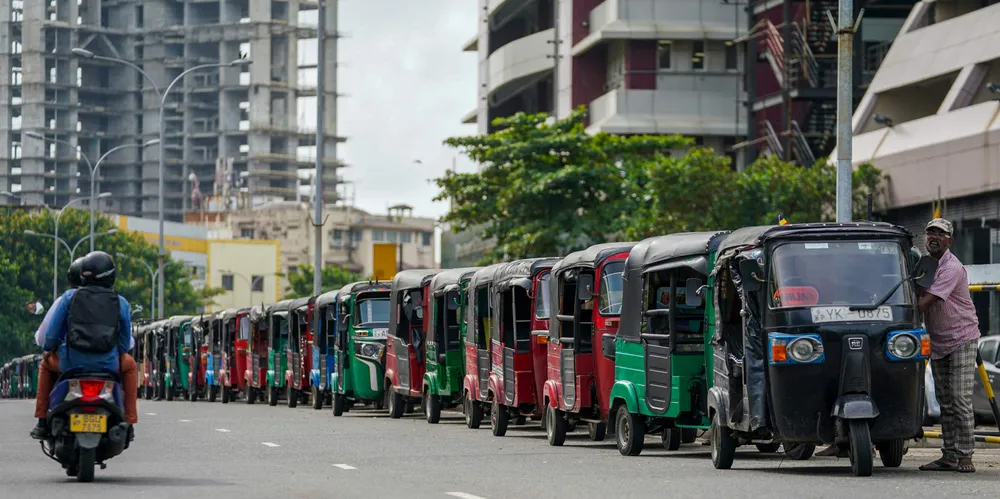Crisis-hit Sri Lanka eyes offshore wind to boost energy security: minister
Island nation sees renewables as key as it chases ambitious 70% share goal for green power

Sri Lanka is taking a multipronged approach to energy security that includes a push into renewables.
Energy minister Kanchana Wijesekera says the country has identified opportunities to “utilise the maximum of the available energy resources that are within Sri Lanka”.
“One of the areas that we’re looking at is offshore energy production — not just gas and oil exploration, but also offshore wind potential that could be the transition to green hydrogen,” he said.
Sri Lanka has outlined an ambitious green energy plan that envisages a 70% share for renewables in its power generation mix by 2030.
However, Wijesekera acknowledges that much work remains to be done on this front, led by efforts to boost offshore wind.
Wind potential
“Wind potential, especially in terms of offshore wind, is going to be number one in our renewable-plan integration," he says. “And with the feasibility studies that have been done… we see that the potential far exceeds our requirements.”
Despite the challenges, he insists the Sri Lankan government is fully committed to achieving its long-term renewables targets with a legal framework and permits in place to expedite the process. “Right now, what we need to do is utilise existing transmission and grid capacities to integrate the already available renewable resources into the grid,” he says.
Wijesekera claims that by 2026, without much investment, Sri Lanka “could easily add 2.6GW of renewable energy from several projects, where energy permits have already been issued”.
Up to $11bn in investments could be required this decade to boost the renewable-energy sector’s prospects — a tall order, Wijesekera acknowledges, given the recent economic crisis and the risks involved.
The country was hit hard by a catastrophic economic and humanitarian crisis last year, triggered by acute fuel shortages as the Lankan government ran out of dollars to import crude oil.
A recent $2.9bn bailout by the International Monetary Fund has fuelled hopes of economic recovery, although the nation’s high debt burden and spiralling inflation remain key concerns.
Most of the key green energy investments are therefore not expected before 2026.
“Up to 2026, renewables are being developed with not much investment… but by allowing the developers to utilise the existing available grid capacities so that they can increase the renewable energy.”
After that, the country will switch to a different mechanism and “invest heavily in the transmission lines and the grid capacities so that it can achieve the 70% target by 2030”, Wijesekera says.
In addition to offshore wind power, Sri Lanka is also pinning its hopes on development of the solar sector and has lined up several key initiatives.